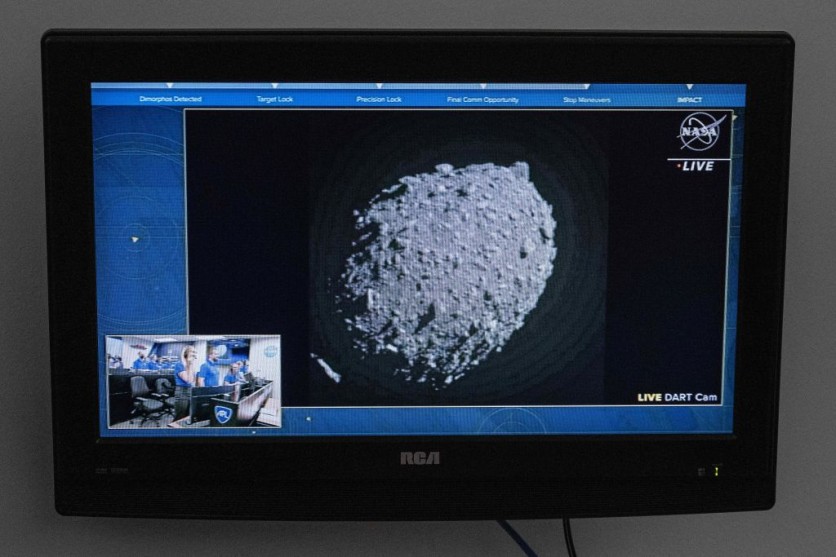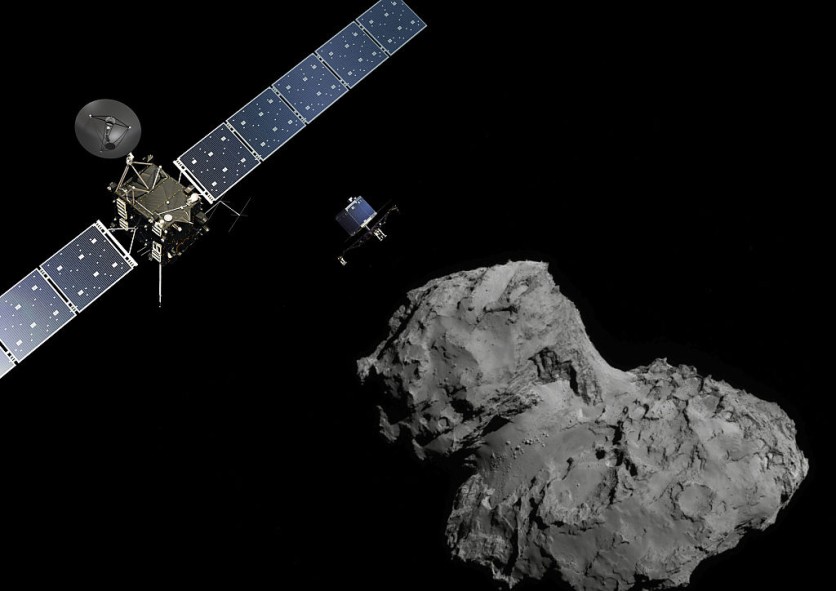The latest discovery of asteroid Didymos' spinning activity confuses NASA and other astronomers.

Recently, the critical NASA DART spacecraft successfully hit Dimorphos, the smaller space rock companion of Didymos.
After the impact, the DART (Double Asteroid Redirection Test) gathered information about the asteroid pair's dynamics.
Based on their data, a new study revealed that Didymos is actually spinning so fast that its debris is flying out.
Asteroid Didymos' Spinning Activity Confuses NASA
According to Independent UK's latest report, the new study revealed that Didymos completes its rotation in just 2.2 hours.

Because of this very fast rotation, the asteroid is flinging rocks into space. Using this new discovery, many astronomers theorized that Dimorphos came from Didymos' debris.
"Massive particles potentially levitate for some time, land on the surface and lift off again, repeating such cycles over and over, or just land at latitudes from which further lift off is not possible," said involved astronomers.
Their new study titled "Lifted particles from the fast spinning primary of the Near-Earth Asteroid (65803) Didymos" was published in the Earth and Astrophysics journal.
You can click this link to see more of their findings.
Other Space Agencies to Study Didymos
NASA is not the only space organization that wants to observe and study Didymos and Dimorphos.
The European Space Agency (ESA) also announced its own mission that aims to gather data about the asteroid pair.
ESA's Hera mission is expected to conduct a detailed post-impact survey of Dimorphos. It is expected to be launched as early as October 2024.
But, this will still depend on the challenges that ESA could experience while preparing for its Hera mission.
ESA said that Hera mission will be the first probe to rendezvous with a binary asteroid system and the country's flagship Planetary Defender.
Here are other stories we recently wrote about NASA missions:
Previously, the NASA Hubble Space Telescope discovered a never-before-seen Saturn ring system phenomenon. We also reported that NASA Artemis astronauts plan to 3D print batteries for future lunar missions.
For more news updates about NASA and its upcoming missions, always keep your tabs open here at TechTimes.

ⓒ 2026 TECHTIMES.com All rights reserved. Do not reproduce without permission.




